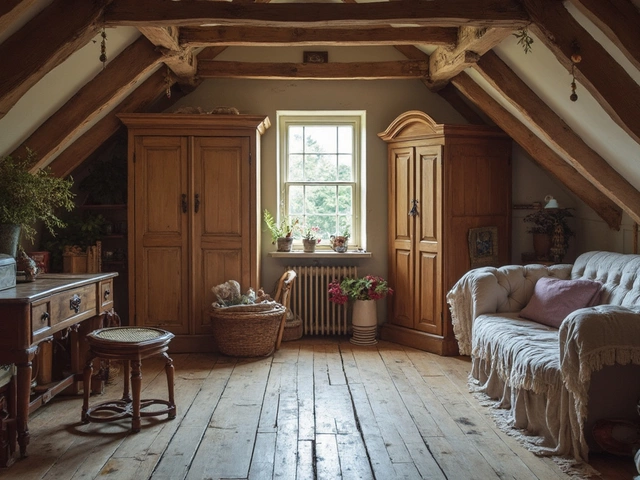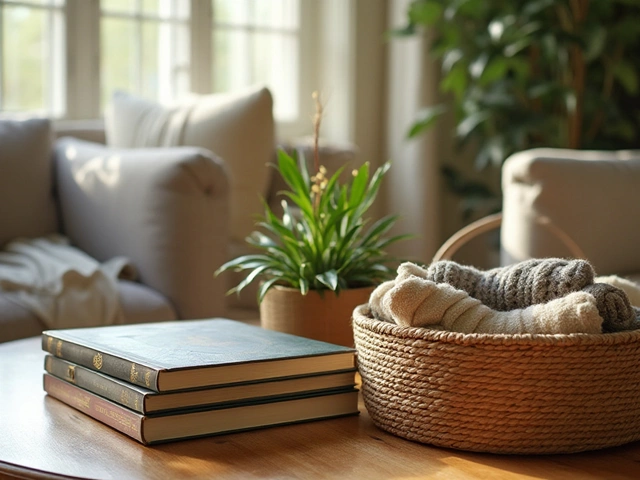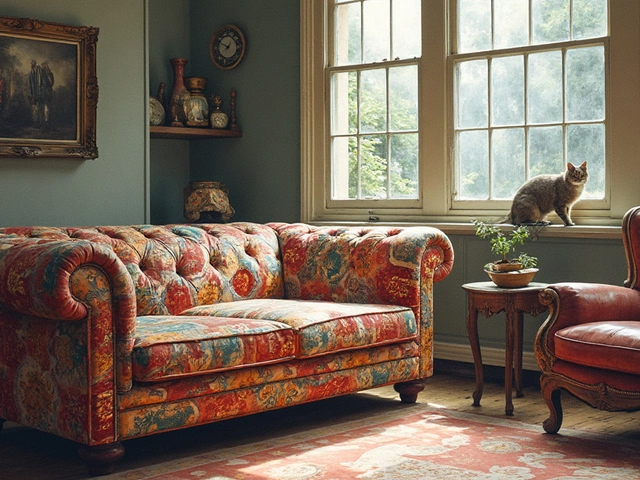How Long Does a Sofa Last? Real‑World Guide
When you buy a sofa, you want it to stay comfy and looking good for as long as possible. But how many years can you expect from a typical couch? The answer isn’t a one‑size‑fits‑all number – it depends on the materials, how you use it, and how well you care for it. Below we break down the main factors that decide a sofa’s lifespan and give you easy tips to stretch it out.
What Affects Sofa Longevity?
First, look at the frame. A solid hardwood frame, especially oak or beech, can last 15‑20 years or more. Softer woods or particle board tend to weaken faster, often after 8‑10 years. Next up is the springs. Eight‑way hand‑tied coils are the gold standard and can hold up for a decade or longer. Sinuous or zig‑zag springs are cheaper and may start sagging after 5‑7 years.
The cushion fill is another big player. High‑density foam retains its shape for about 7‑10 years, while lower‑density foam can lose bounce in just a few years. If the sofa uses down or feather padding, it may need regular fluffing and can start feeling flat after 5‑8 years.
Upholstery material matters too. Leather ages well and can last 20+ years if kept clean and conditioned. Fabric sofas vary: polyester blends are durable and resist fading, while delicate linen or velvet may wear out sooner, especially in high‑traffic homes.
Finally, think about how the sofa is used. A couch in a family room with kids and pets will show wear faster than a formal sofa in a low‑traffic hallway. Heavy weight, frequent jumping, and direct sunlight all speed up wear and tear.
Tips to Extend Your Sofa’s Life
1. Rotate cushions regularly. Flip and rotate cushions every few months so the weight spreads evenly and the foam stays firm.
2. Use a sofa protector. A breathable slipcover guards against spills, pet hair, and everyday abrasion without trapping moisture.
3. Keep it out of direct sunlight. Sunlight fades fabric and dries out leather. If the sofa sits near a window, use curtains or a UV‑filtering film.
4. Clean spills immediately. Blot – don’t rub – any liquid, then follow the manufacturer’s cleaning instructions. For leather, a quick wipe with a damp cloth and a leather conditioner works wonders.
5. Give the frame a check. Every year or two, tighten any loose screws and look for signs of wood cracks. Simple tightening can prevent bigger problems later.
6. Limit heavy loads. Avoid standing on the sofa or placing very heavy items on it. The frame and springs are built for people, not gear.
7. Seasonal care. In winter, keep the room temperature stable. Extreme cold can make leather stiff and cause cracks.
By following these steps, you can add several years to your sofa’s useful life. Remember, a well‑cared sofa not only saves money but also stays comfortable and attractive for the whole family.
In short, expect a quality hardwood‑framed, high‑density foam sofa to last around 10‑12 years under normal use. With leather or top‑grade fabric and proper upkeep, that number can climb to 15‑20 years. Cheaper sofas may need replacement after 5‑7 years. Use the tips above to get the most out of your investment and enjoy a comfy couch for many movie nights to come.



